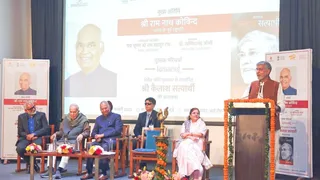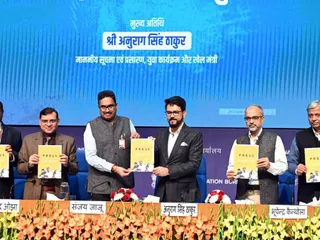The Vedas, ancient Sanskrit texts originating in the Indian subcontinent, form the foundation of Hindu philosophy and religious practices. Often referred to as śruti (that which is heard), these scriptures are considered divinely revealed and hold immense spiritual and historical significance. While there are various ancillary texts and branches, the four primary Vedas are the Rigveda, Samaveda, Yajurveda, and Atharvaveda. Each possesses unique characteristics and contributes a distinct facet to the vast Vedic corpus.
1. Rigveda (ऋग्वेद): The Veda of Hymns
The Rigveda, the oldest Veda, is primarily a collection of 1,028 hymns (sūktas) dedicated to various deities. These hymns, composed in praise of gods like Indra (god of thunder and war), Agni (god of fire), Soma (a sacred plant), and Ushas (goddess of dawn), offer insights into the cosmology, societal structures, and beliefs of early Vedic people. The Rigveda’s rich poetic language and sophisticated metrical patterns make it a masterpiece of ancient literature. Its hymns are frequently recited in Hindu rituals.
2. Samaveda (सामवेद): The Veda of Melodies
The Samaveda draws heavily from the Rigveda, but its focus lies on the musical setting of Rigvedic verses. It is considered the Veda of chants and melodies, using rhythmic intonation and musical scales to create a powerful spiritual experience. Samaveda mantras are integral to many Hindu rituals, particularly those involving sacrificial ceremonies. The melodic structure and musical nature of the Samaveda make it a unique contribution to the Vedic tradition.
3. Yajurveda (यजुर्वेद): The Veda of Prose
The Yajurveda is primarily a collection of prose mantras and formulas used in sacrificial rites. It provides detailed instructions and guidelines for performing yajñas (sacrifices), which were central to the religious and social life of the Vedic people. The Yajurveda combines liturgical prose with hymns borrowed from the Rigveda, offering a practical guide for conducting various Vedic ceremonies. Different branches of Yajurveda exist, reflecting variations in ritual practices across different regions and communities.
4. Atharvaveda (अथर्ववेद): The Veda of Spells and Charms
The Atharvaveda differs from the other three Vedas in its focus on spells, charms, incantations, and folk magic. It contains hymns related to everyday life, such as healing, protection from disease, ensuring fertility, and warding off evil spirits. While it shares some similarities with the other Vedas, its emphasis on practical magic and spells distinguishes it. The Atharvaveda provides a valuable insight into the beliefs and practices surrounding health, prosperity, and social harmony in ancient Vedic society.
Conclusion
The four Vedas – Rigveda, Samaveda, Yajurveda, and Atharvaveda – represent a rich tapestry of ancient Indian thought and culture. Their diverse content, ranging from hymns and melodies to sacrificial formulas and spells, reflects the multifaceted nature of Vedic religion and its impact on the development of Hinduism. Studying these scriptures provides invaluable insights into the history, religion, and culture of ancient India, offering a glimpse into a world rich in spiritual insight and literary achievement.
























